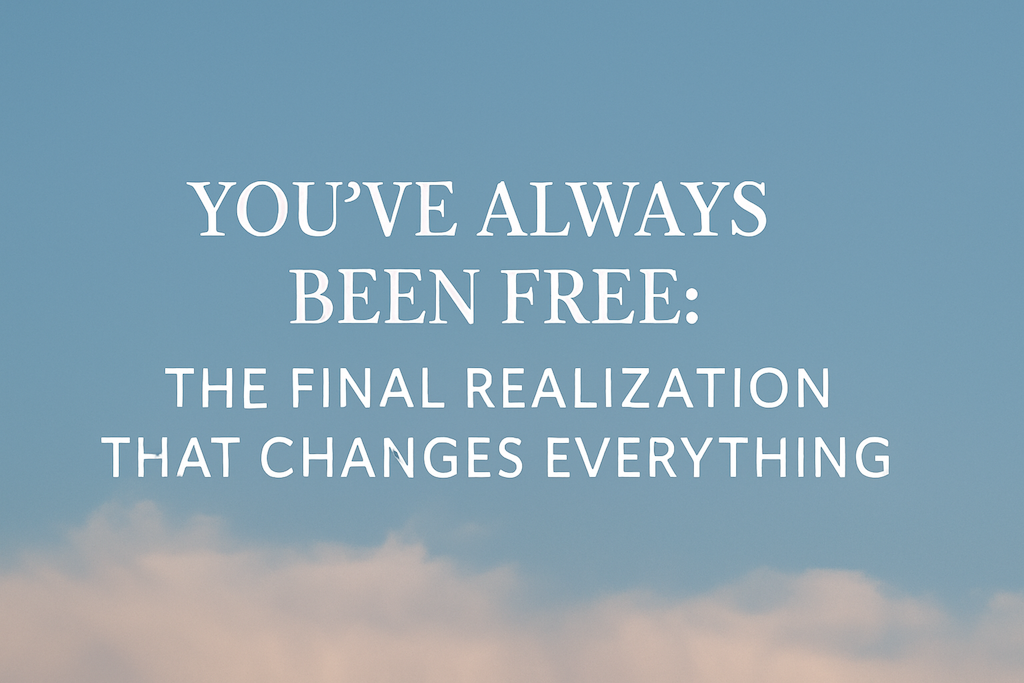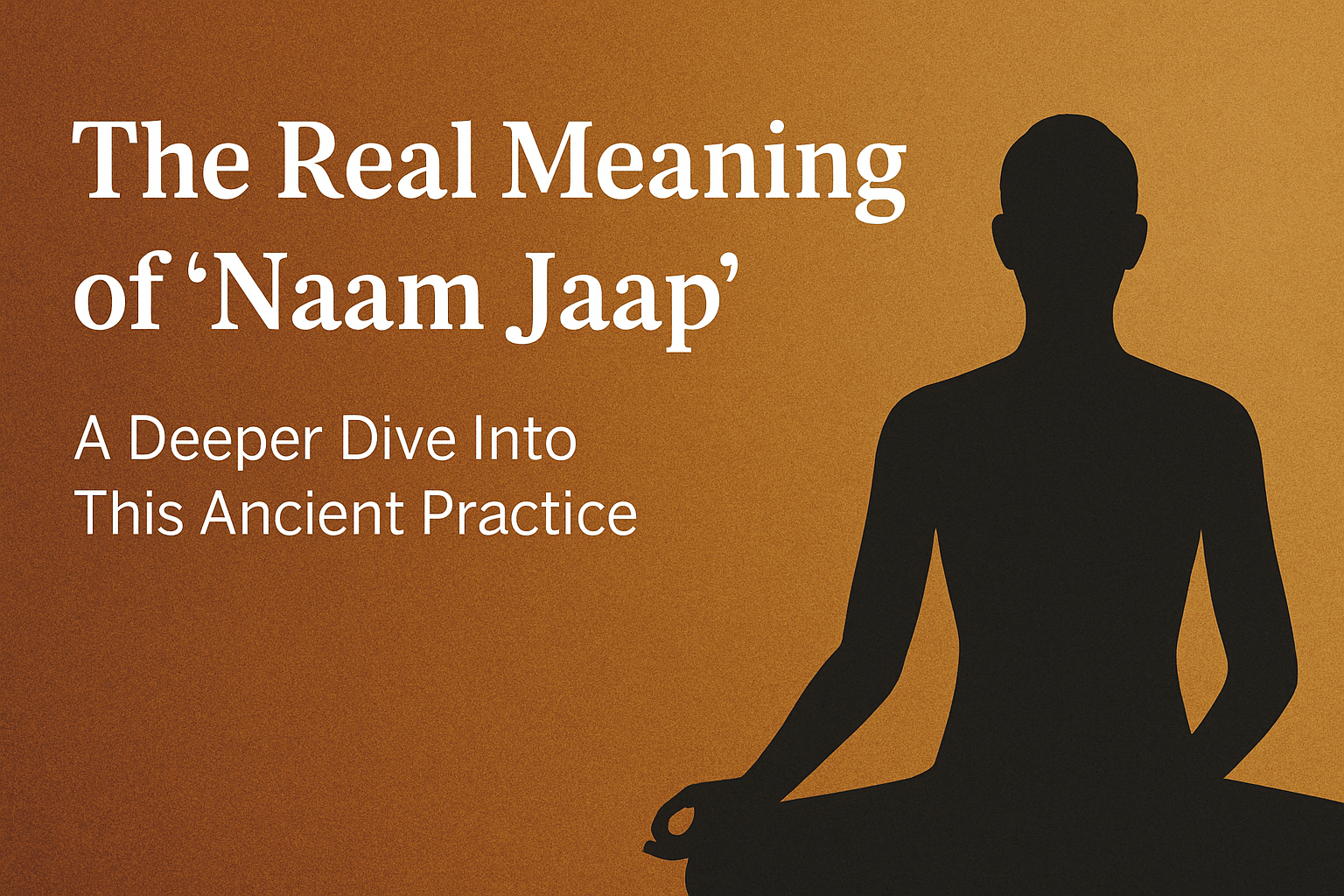After all the seeking, meditating, reading, and reflecting… it comes down to one simple truth:
You were never bound. You only believed you were.
This final realization—the one that dissolves the spiritual search—is not about becoming someone new. It’s about remembering who you were before the world told you who to be.
It’s about discovering that true inner freedom isn’t something you earn—it’s something you already are.
The Illusion of Bondage
From childhood, you were conditioned to believe you are:
- A name
- A body
- A gender
- A religion
- A personality
- A history
Layer by layer, these ideas formed your identity. And like most people, you clung to that identity because it gave you a sense of control.
But here’s the core issue: this identity is mental—built on thought, memory, and comparison. It’s not real.
And anything that’s not real will eventually create suffering.
Why? Because it constantly needs to be protected, validated, defended, and improved.
Real Freedom Isn’t External—It’s Internal
We often chase freedom in the outer world:
- Freedom of time
- Financial freedom
- Freedom from responsibilities
- Freedom from emotional pain
But no external condition can give you what you’re truly searching for.
True freedom is the end of false identification.
It’s the freedom of knowing:
- You are not your thoughts.
- You are not your feelings.
- You are not your story.
You are the presence behind it all.
The Truth Has Always Been Here
The greatest spiritual paradox is this:
What you seek is already here.
You don’t need to achieve anything to be your true self. You don’t need to change, fix, or upgrade anything. You simply need to stop believing in what you are not.
Like clouds covering the sun, the ego creates temporary illusions. But the sun—your real nature—never stops shining. It was just forgotten.
Letting Go Is the Final Step
This isn’t about acquiring more knowledge—it’s about letting go:
- Let go of your ideas about enlightenment.
- Let go of the search.
- Let go of who you think you are.
- Let go of needing anything to be different.
When there’s nothing left to cling to… you find yourself in the still, spacious, effortless presence that’s always been here.
That presence is free. That presence is you.
How to Live from This Freedom Daily
Now that you see clearly, here’s how to ground this realization in everyday life:
1. Stop Chasing Experiences
You don’t need peak spiritual moments to feel free. Ordinary life is already sacred when seen from awareness.
2. Stay Present, Even When It’s Uncomfortable
Freedom doesn’t mean constant bliss. It means being fully with what is—without resistance or identification.
3. Drop the Spiritual Persona
You don’t need to look or act “spiritual.” You just need to be honest, aware, and free from egoic games.
You Are Already Whole
There is nothing missing in you. You are already complete.
Even when the mind says, “I still don’t get it,” or “I don’t feel awakened,” remember: that’s just another thought. You are the one seeing that thought. You’ve already arrived.
The journey wasn’t to somewhere new. It was a return to what’s always been here.
Final Insight: The Search Ends Where You Are
When the mind stops grasping for more, the heart opens.
When the need to become dissolves, the truth of being reveals itself.
And when you no longer strive to be free…
You realize, with deep peace and gentle laughter:
You’ve always been free.
Welcome home.

